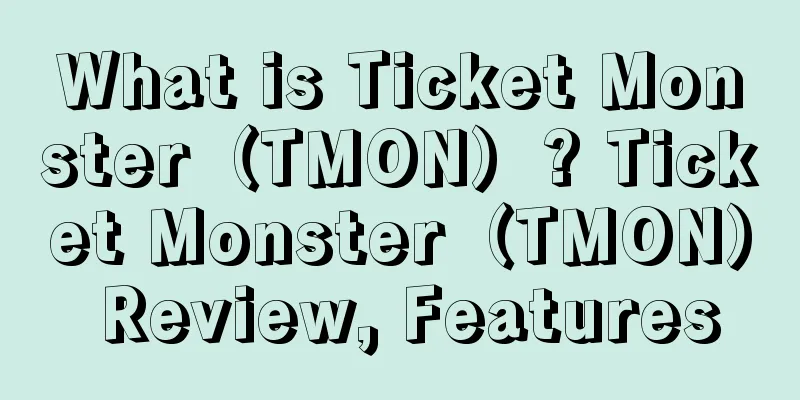Many retailers in the United States adjust mask guidelines, and e-commerce may see growth again

|
More retailers are revising their mask requirements after the CDC (Centers for Disease Control and Prevention) updated its recommendations.
The CDC announced last week that in light of the spread of the Delta variant, it now recommends that both vaccinated and unvaccinated people wear masks in public indoor spaces where there is large or high levels of coronavirus transmission.
Target said it will "continue to closely monitor CDC guidance." Starting August 3, it will require its team members to wear masks and "strongly recommend" all shoppers in areas designated by the CDC as having a substantial or high risk of transmission to wear masks.
Days before Target announced the requirement, Walmart had already required its employees in areas of the U.S. deemed high risk for transmission to wear masks — regardless of their vaccination status — and will encourage but not require shoppers to wear masks inside its stores.
Similar to Target and Walmart, Home Depot will require all employees, contractors and suppliers to wear masks indoors in all Home Depot stores, distribution centers, office locations, and customers' homes or businesses in the United States, regardless of whether they have been vaccinated. The home improvement retailer said they will also require customers to wear masks in stores and continue to provide masks to customers who do not have them.
However, so far, except for Apple, no retailer has required employees and customers to wear masks. With the spread of the Delta variant, it is not ruled out that the CDC and retailers will resume forcing customers to wear masks and limit the flow of traffic in shopping malls.
With physical stores restricted, consumers may choose to return to online shopping again. In fact, in some areas that have restored strict measures, such as Australia, e-commerce has seen growth again. Due to the impact of lockdown measures, its online sales rebounded again after "stagnation" in May 2021, with online sales increasing by 7.6% in June.
In addition, the demand for epidemic prevention items such as masks is likely to increase again.
However, the development of the epidemic does not mean all good news for sellers. In the event of a rebound in the epidemic, supply chains and logistics will also be affected. In areas where the epidemic is severe, some factories will face shutdowns, and ports will also take restrictive measures, causing congestion, especially in the second half of the year, which is the traditional peak season for cross-border e-commerce and shipping, and freight rates may increase again.
In short, facing this raging epidemic, sellers still need to be prepared for both scenarios, and most importantly, protect themselves.
American e-commerce Walmart US Retail |
<<: Sign up and get $10, Amazon's promotion of hand-swipe payment continues to be questioned
>>: U.S. e-commerce sales will continue to grow during the shopping season, reaching $206.88 billion
Recommend
Sellers, please note! “Same-day delivery” has become a new demand of overseas consumers
According to the latest survey data from foreign ...
What is VASAGLE? VASAGLE Review, Features
VASAGLE is an independent brand under Zhengzhou Z...
Orders dropped by 70%, sellers: I’m so annoyed!
The hotter the weather, the cooler the orders. Si...
What is WishPost Smart Selection? WishPost Smart Selection Review, Features
The "WishPost Smart Selection" project (...
The first portable massager stock! Shenzhen BeLongsong successfully listed
Nowadays, people's stress is generally increa...
I passed the operations interview but was rejected. Do cross-border companies also discriminate against regions?
Operations personnel were denied employment due t...
What is Authenticator? Authenticator Review, Features
Google Authenticator is a dynamic password tool la...
What is MGA Entertainment? MGA Entertainment Review, Features
Founded in 1979, MGA Entertainment has a strong r...
What is Depoga? Depoga Review, Features
Depoga (Depoga Technology Development Co., Ltd.) ...
E-commerce orders in India increased 28% year-on-year in the first two days of the holiday season
According to the latest data released by software...
From 0 to 1.6 billion, independent site sellers successfully broke through!
Under the extensive development of cross-border e...
Two Sessions Proposal: Let the tax reduction policy benefit cross-border e-commerce
In recent years, China's cross-border e-comme...
eBay’s Spring Festival logistics plan is released, harvesting the last wave of traffic before the New Year!
On January 29, eBay China’s official website rele...
What is Fusionzoom? Fusionzoom Review, Features
Fusionzoom (Ark) ERP is affiliated to Shenzhen Yi...
Three recalls in three months! Sellers of this type of product should beware
Recently, the U.S. Consumer Product Safety Commis...









